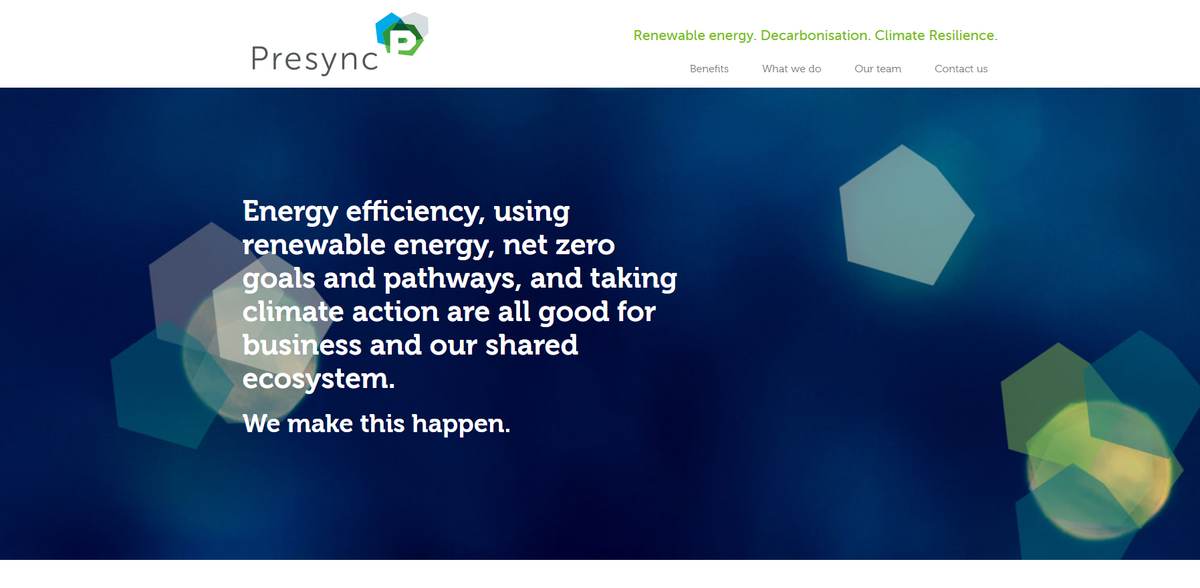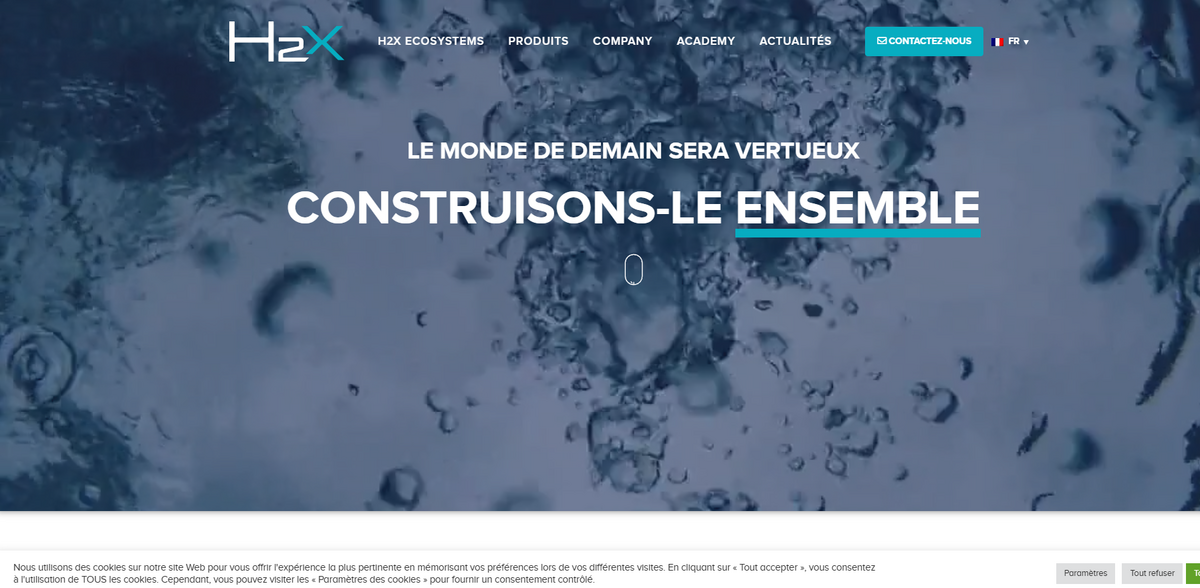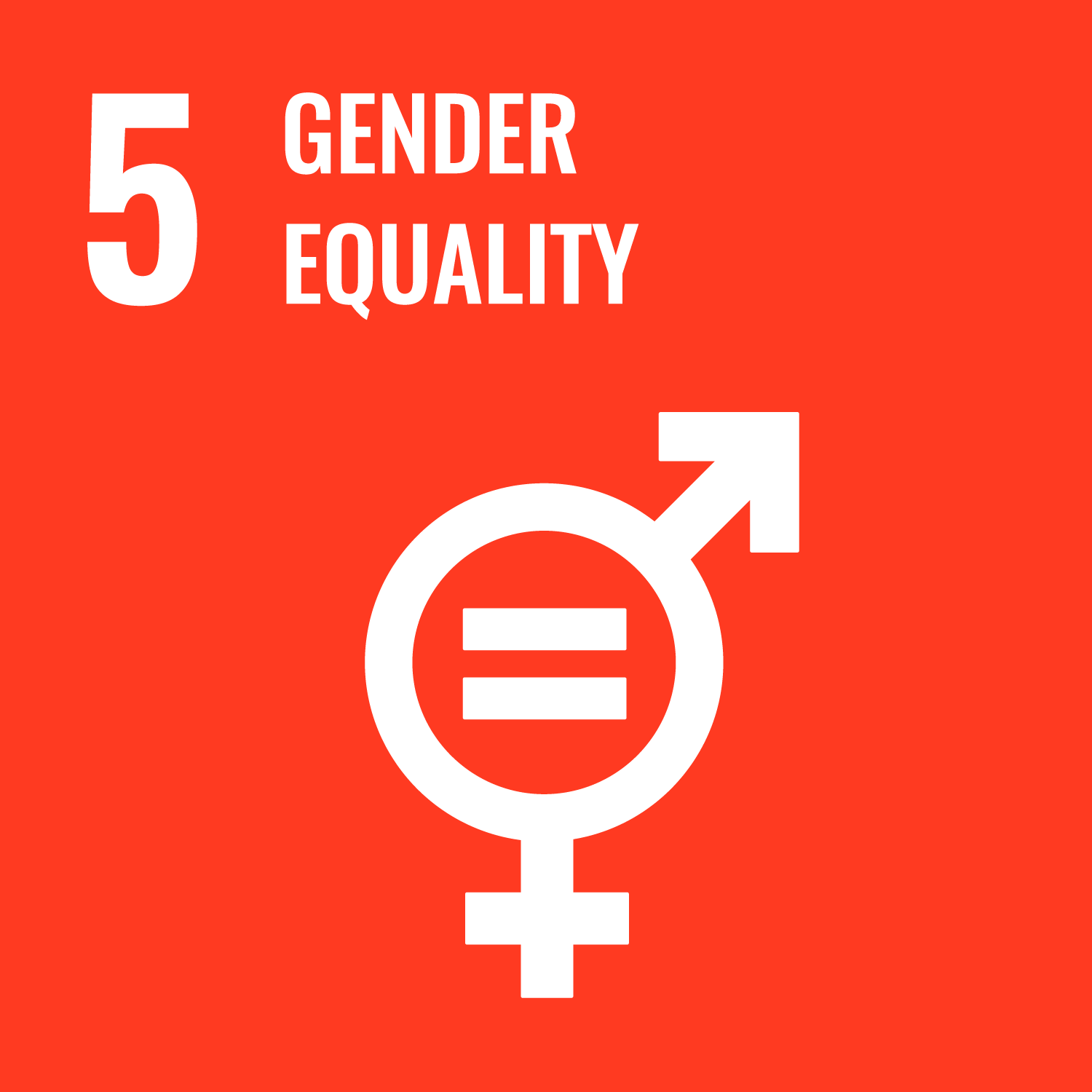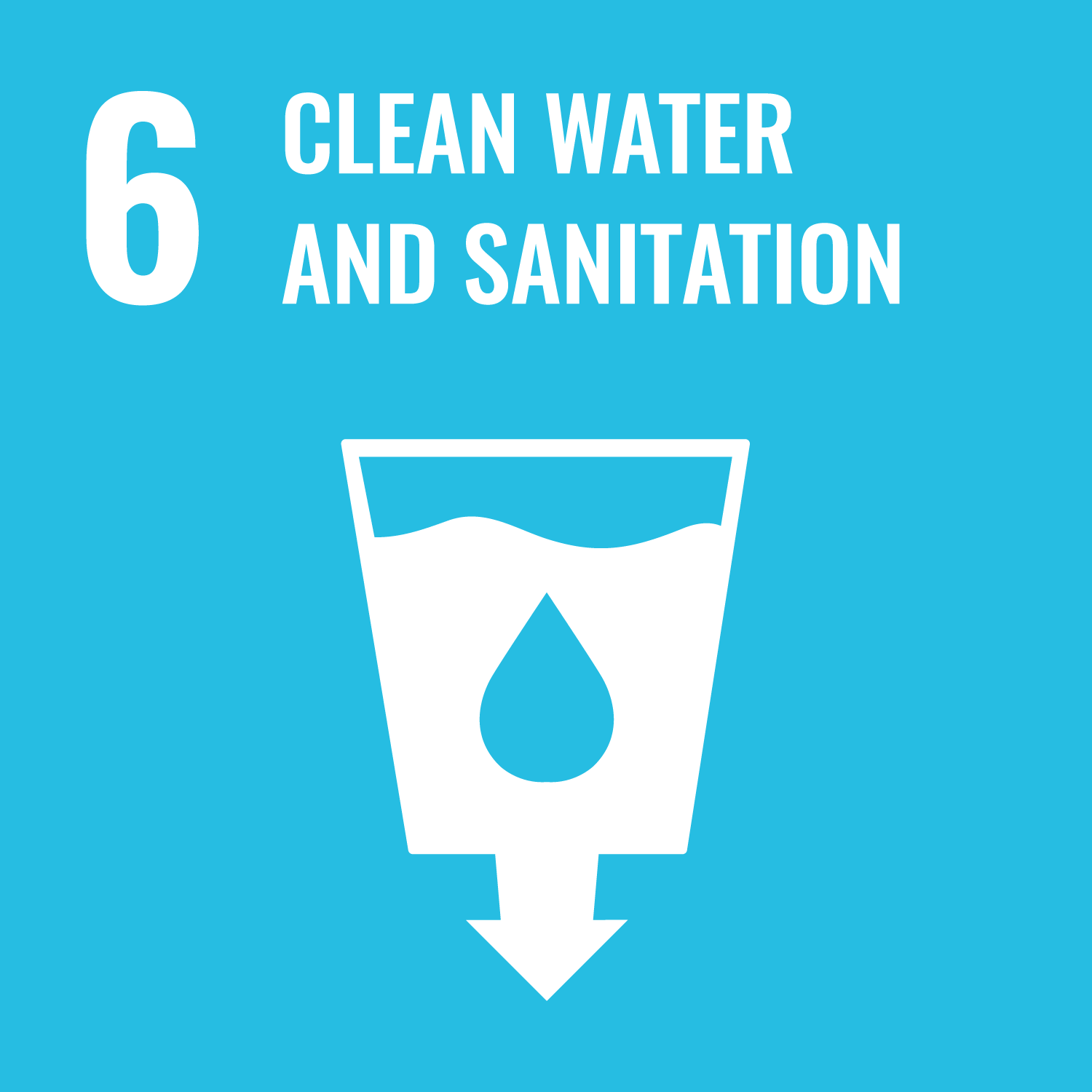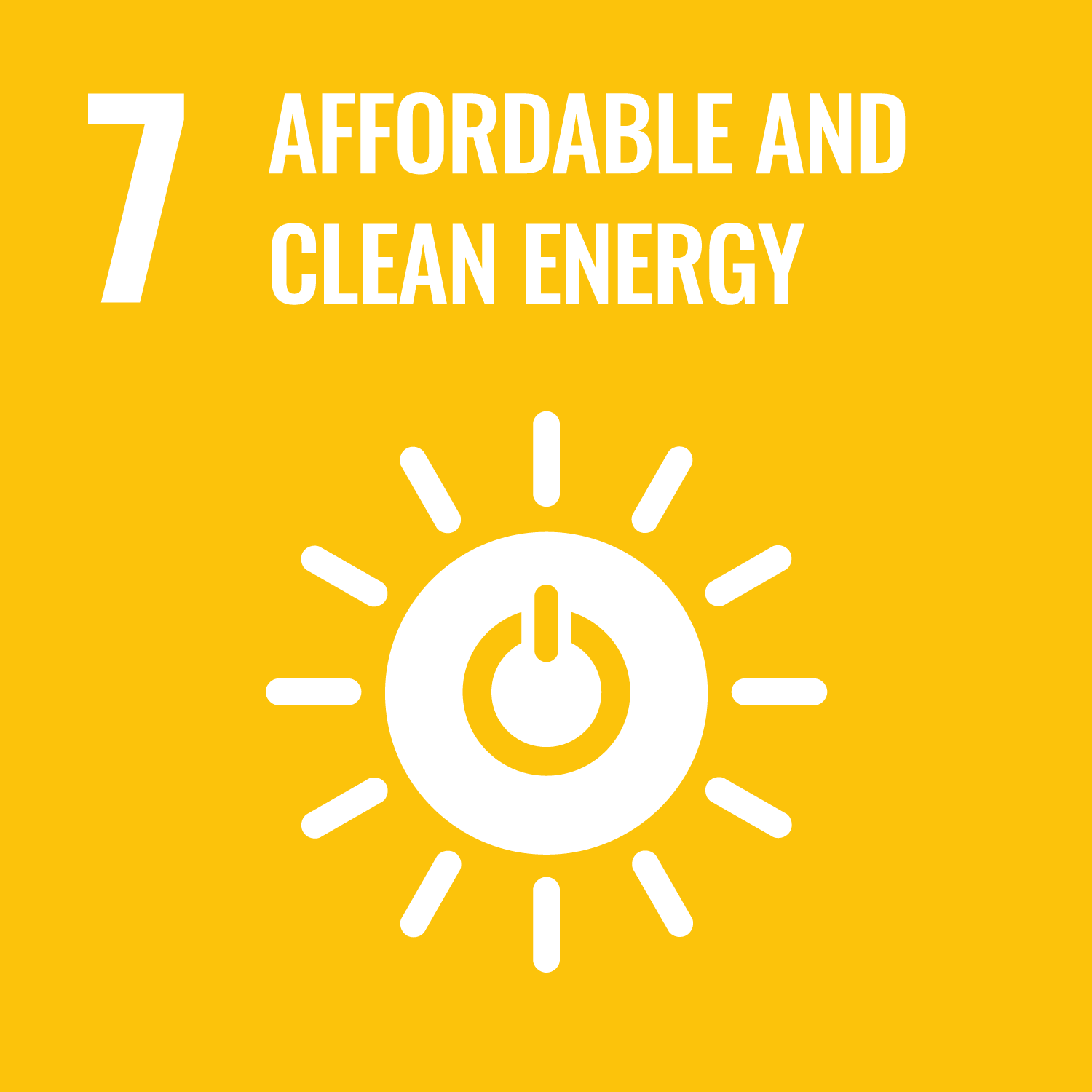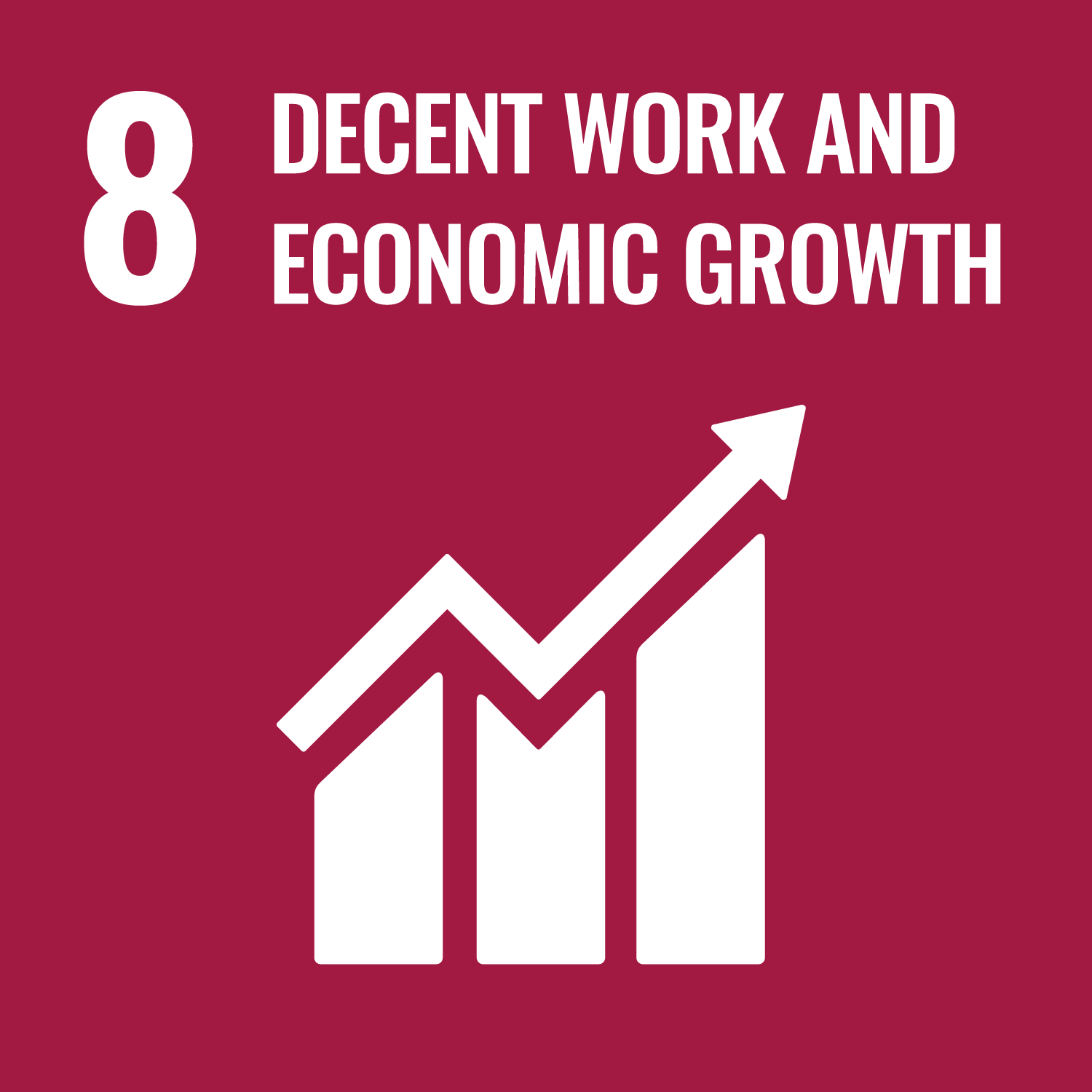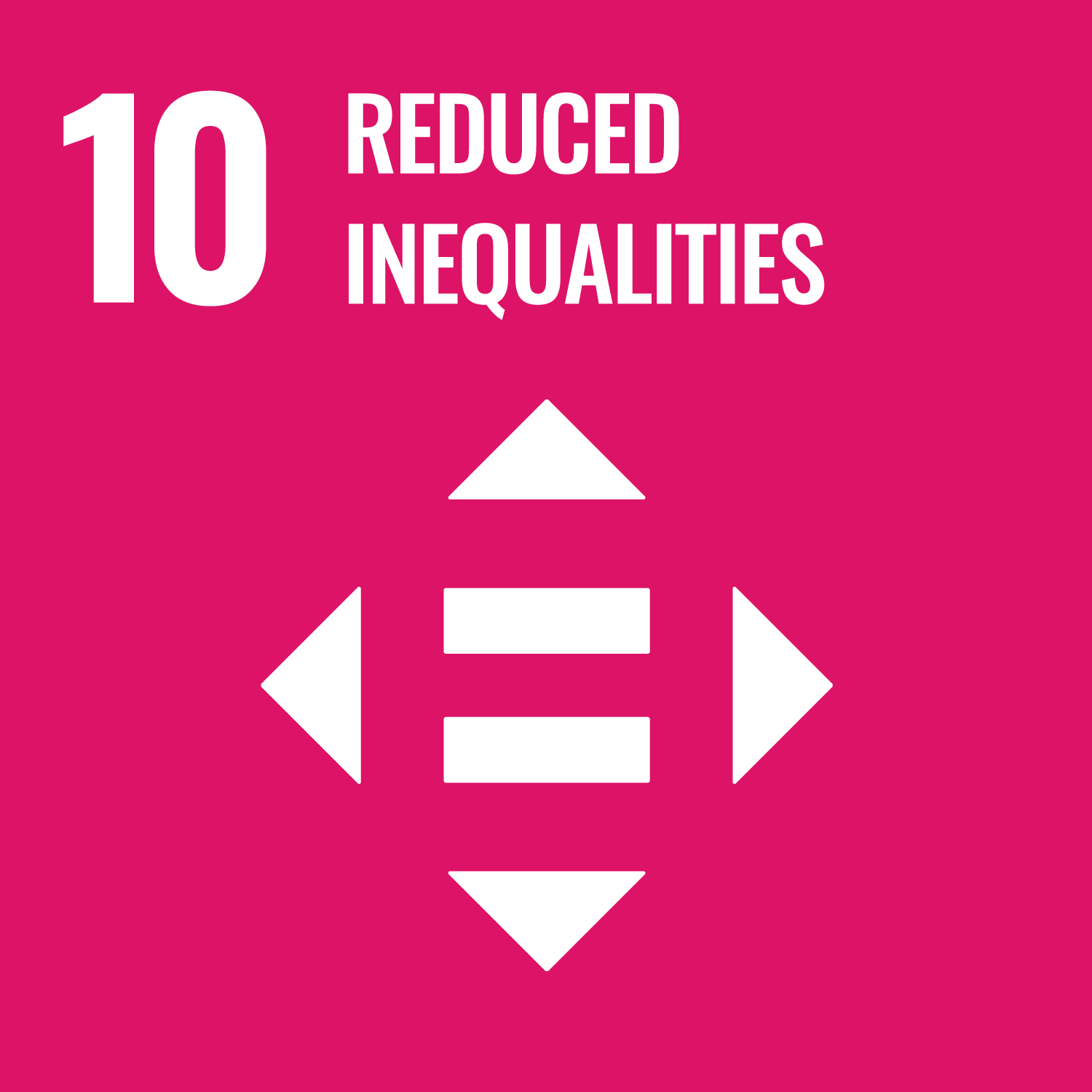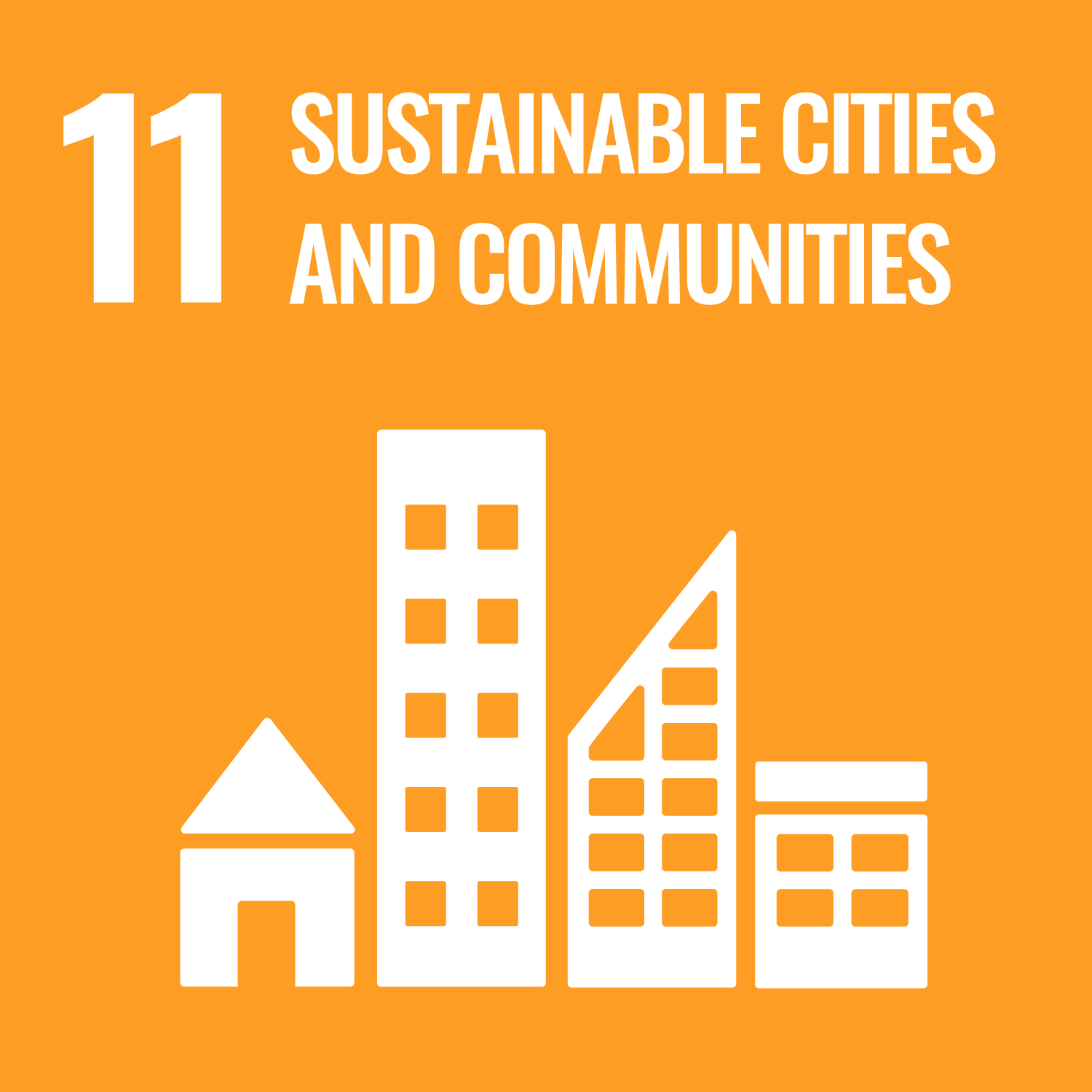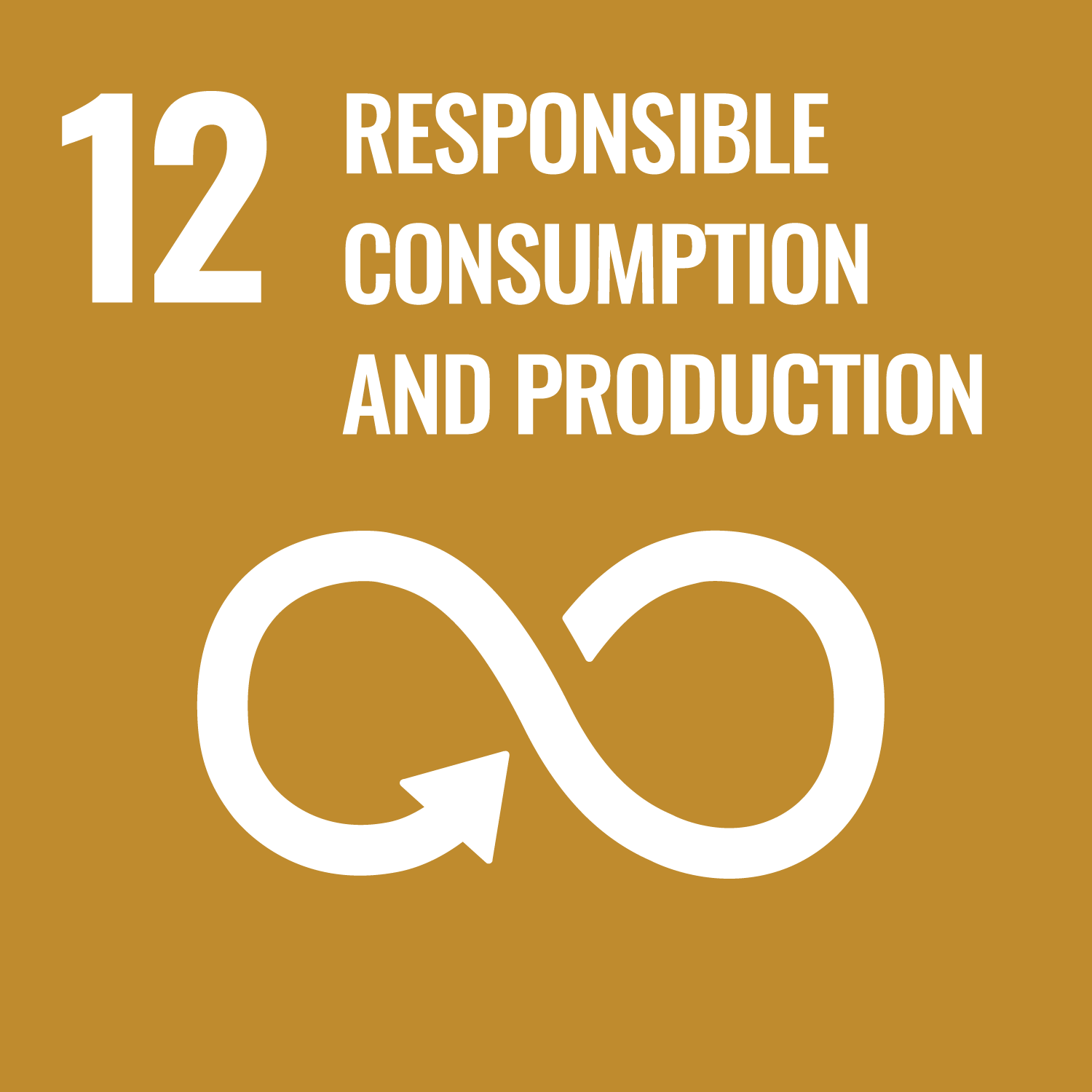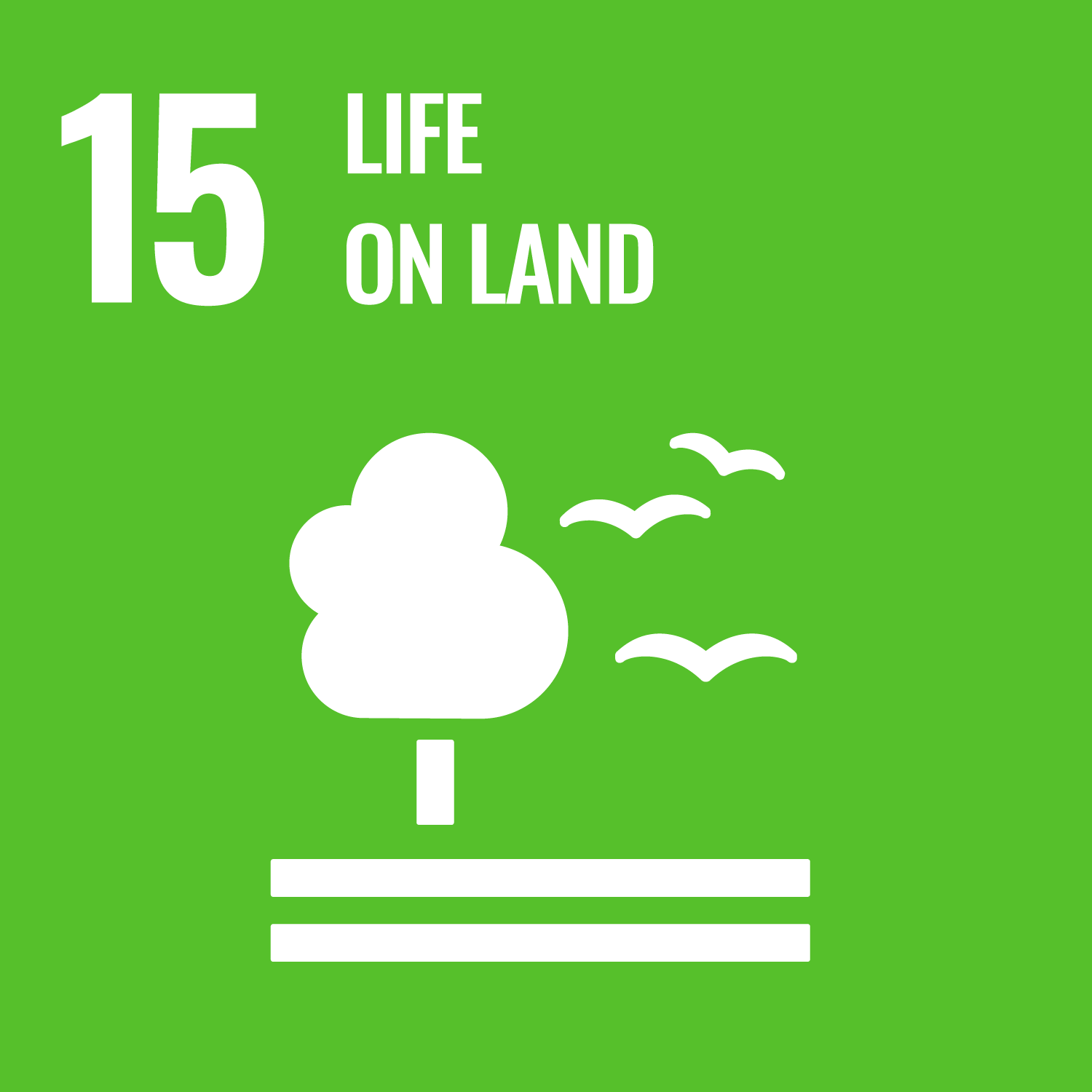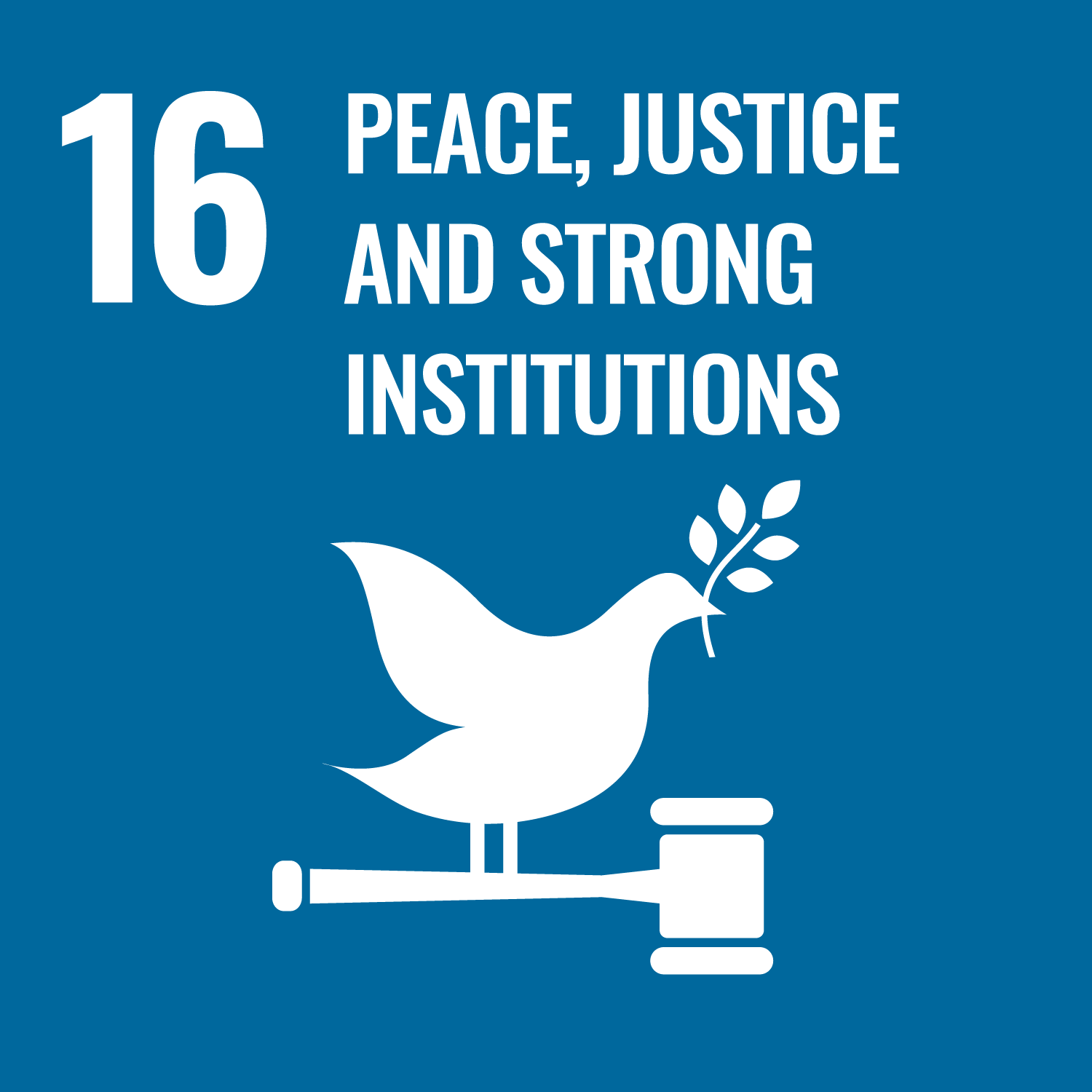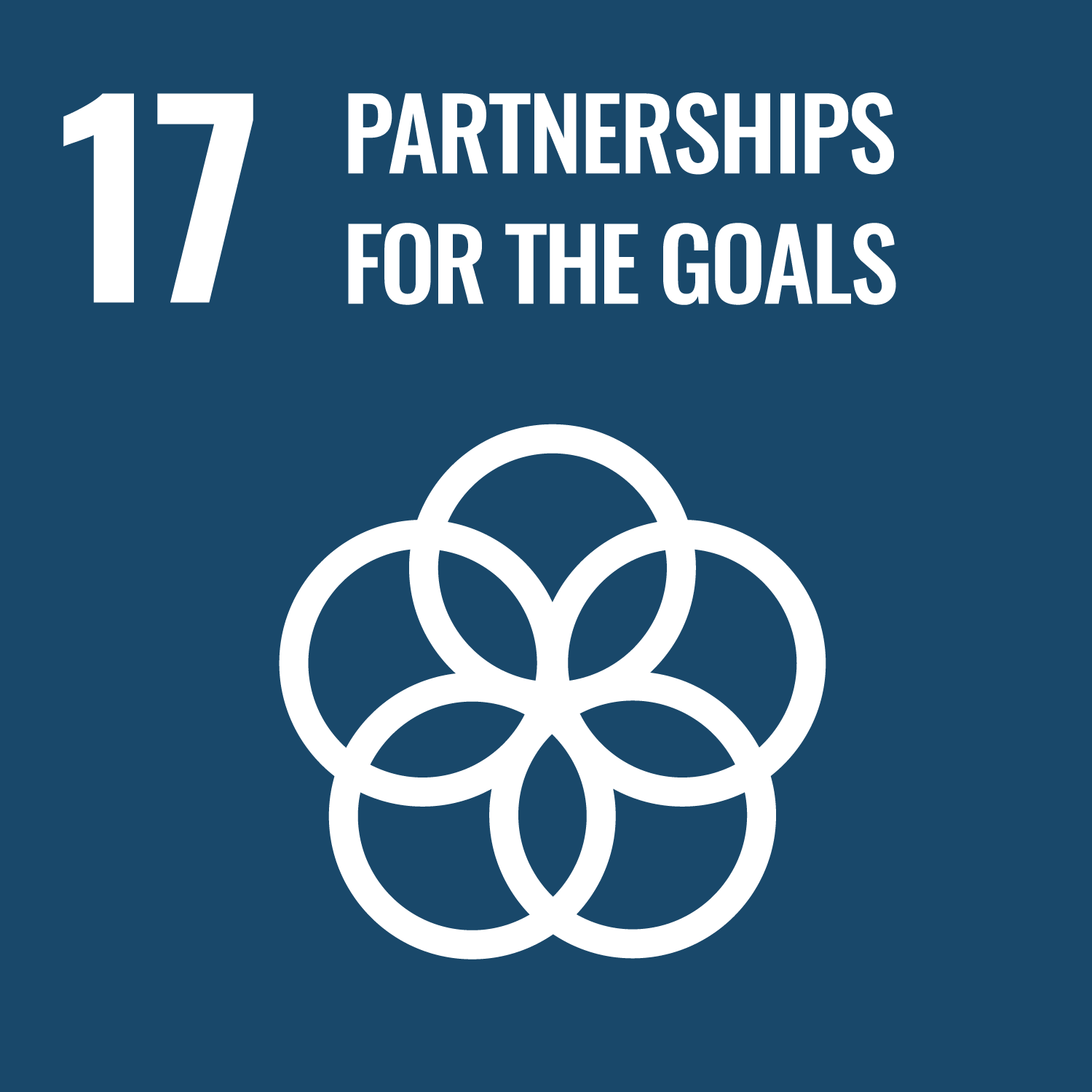What the Presync Project Is
The Presync project, centered on renewable energy, decarbonisation and climate resilience, is about unlocking the benefits of the energy transition for the built environment. Focused on energy efficiency, using renewable energy, and achieving net zero goals, this project demonstrates that taking climate action is good for business and our shared ecosystem. Born out of a clear need to improve sustainability in Australia, Presync was established in February 2014 by Ben Waters, a former GE executive, and Hudson Worsley, a former Stockland national sustainability manager. With extensive expertise in energy, decarbonisation, innovation, change management, risk management, property development, embodied carbon and climate mitigation and adaptation, Presync creates innovative clean energy and water systems that are tailored to modern precinct needs. It is a nimble yet well-connected initiative that works at the intersection of technology, innovation and sustainability, ensuring that smart, synchronised infrastructure reduces complexity while supporting cost efficiency and resilience. There is a confident belief here—that despite complexity, the approach, enriched by a business-case-driven strategy and open communication, will transform traditional energy management into a more efficient and sustainable future…
Main Benefits
- Simplifies the complexity of energy
- Identifies energy, carbon efficiencies and cost savings
- Appropriately-scales local infrastructure
- Deployed in stages for greater capital efficiency
- Reduces operational expenditure and exposure to energy price risks
- Improves resilience to climate and natural hazard risks
- Offers ongoing support to meet growing needs
Strategic Consulting for a Sustainable Future
Presync’s approach is grounded in a deep understanding of strategic consulting. The project is not only about delivering clean energy, but it also focuses on providing measurable sustainability benefits through integrated planning and implementation. It leverages professional experience to guide organisations in preparing a sustainability strategy that evaluates performance, identifies realistic improvement opportunities, and maps a pathway towards real impacts like net zero emissions. Often using the United Nations Sustainable Development Goals as a guiding framework, Presync tailors solutions that resonate with the core needs and aspirations of diverse stakeholders. Occasionally, the conversation around complexity turns into exciting discovery—a time when innovative ideas spark effective strategies that push the boundaries of traditional energy management.
Technology and Infrastructure Integration
Technologies synchronised with precinct needs lie at the heart of the Presync vision. This project is all about planning, designing, and deploying customised local power solutions. It bridges the gap between emerging infrastructure technologies and current regulatory landscapes, ensuring that clean energy, water systems, and even aspects of transport electrification scale seamlessly into existing communities. The Presync team works with an ecosystem of experts, government agencies and utilities, ensuring that each solution is both forward-thinking and realistically integrated into a rapidly changing energy environment. This is where local, decentralized, and democratised energy systems come together to create elegant, resilient infrastructure which truly stands the test of time.
The Presync Approach to Project Delivery
At the core of this project is a well-managed, methodical approach that champions systems thinking. Presync’s business-case-led strategy employs simple payback, NPV and IRR outcomes to evaluate various options, ultimately supporting decisions that combine commercial, community and environmental outcomes. By integrating deep analysis and commercial acumen, the project is adept at navigating the financial, technology, engineering and regulatory components of local infrastructure planning. It is this strategic, holistic view that enables Presync to simplify the complexity of energy management and deliver integrated solutions that evolve with the changing needs of the precinct. The approach also emphasises change management, identifying associated risks and opportunities as organizations transition toward lower embodied carbon material selections and climate resilience.
Embodying Decarbonisation and Climate Resilience
This project is a prime example of how decarbonisation is not just a goal, but a tangible pathway to achieving energy and environmental efficiency. Presync’s innovations extend to comprehensive services like negotiating renewable energy purchase power agreements (PPA), energy, carbon and economic modelling, and crafting strategies that align with climate adaptation pathways. With deep industry relationships and decades of sustainability experience, the project effectively combines technology, innovation, and strategic consulting to deliver on its promise of improved energy performance in the built form. Its focus on change management, risk identification and collaborative expertise ensures that even the most complex infrastructure challenges are met with simplicity and precision.
Project Impact on the SDGs
- SDG 7: Affordable and Clean Energy – by advancing renewable energy solutions
- SDG 9: Industry, Innovation and Infrastructure – through the integration of innovative and well-managed infrastructure projects
- SDG 11: Sustainable Cities and Communities – ensuring that local precincts are resilient and sustainable
- SDG 12: Responsible Consumption and Production – by optimising energy and material efficiencies
- SDG 13: Climate Action – by promoting decarbonisation and net zero pathways
Local Impact and the Future
Presync’s commitment to synchronising clean technologies with evolving regulatory environments and local needs creates a robust foundation for a more sustainable future. This dynamic project is driven by deep professional expertise and a network of industry relationships that offer continuity and consistency throughout project lifecycles. Its innovative, business-case-led approach not only identifies immediate cost savings and resilience benefits but also sets the stage for long-term strategic gains. With a focus on energy performance improvement, decentralisation, and smart infrastructure design, the Presync project is a clear leader in the environmental consulting industry—backed by a strong B-Corporation score of 88.9 and a strategic consulting approach that continues to influence the future of clean energy and sustainable precincts. Its impact resonates through improved local systems and innovative pathways that align perfectly with global environmental ambitions…

